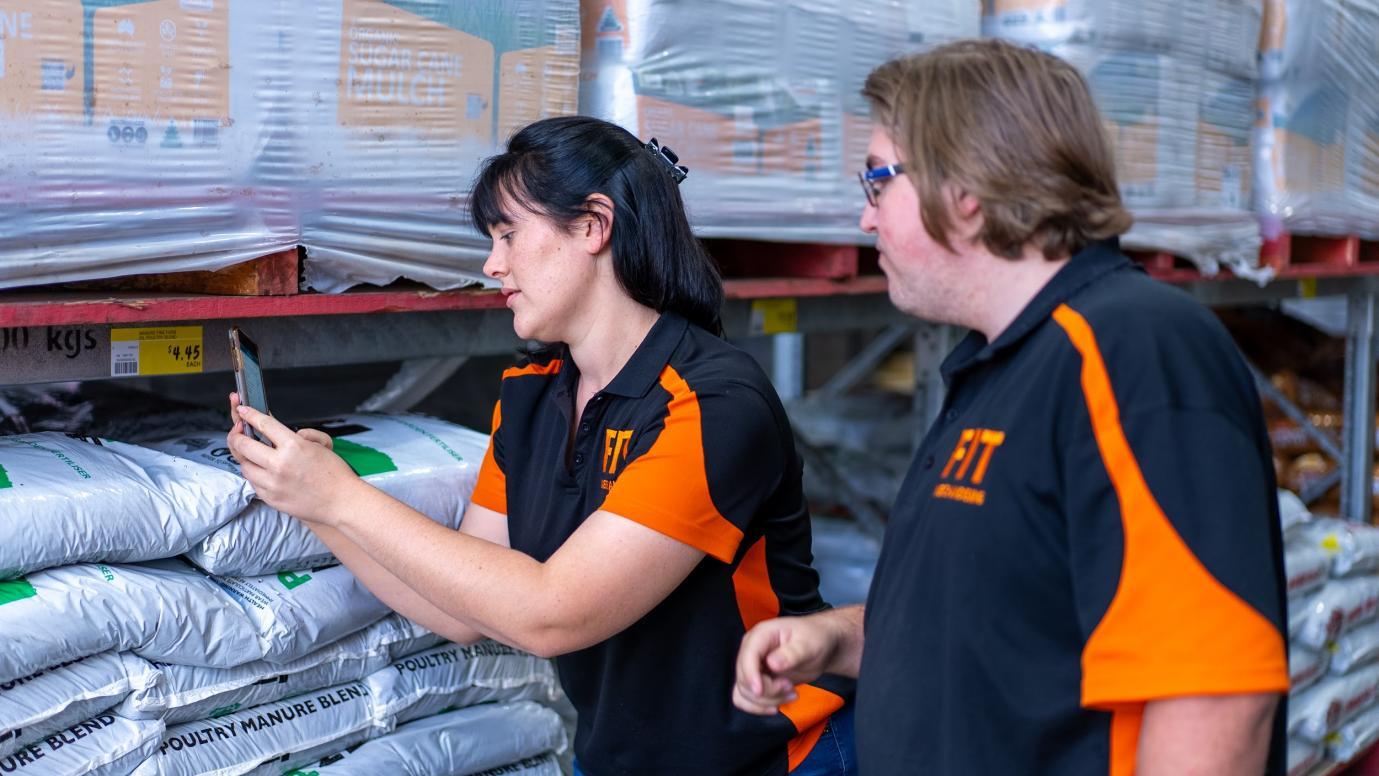Beyond the Barcode: The Impact of Automation in Retail

Multiple transformations have occurred in the retail industry in recent years. Pandemic lockdowns led to rapid digital growth and a rise in omnichannel engagement methods. Automation in retail has enjoyed a surge in popularity during this time and is the next big thing in retail’s digital evolution.
This article dives deeper into retail automation, its benefits, implementation and also the challenges associated with this evolving technology.
What is automation in retail?
Retail automation uses software, applications and robotic systems to automate retail workflows and repetitive tasks. It enables many services and processes to run on autopilot. Think self-checkout kiosks, robotic order fulfilment, inventory management systems, AI-powered forecasting, cashierless stores and so much more. It also takes retail employees away from time-consuming tasks.
Retail automation is all around us now and is the way of the future. It’s reshaping shopping experiences, streamlining operations, and providing retailers with unprecedented levels of insight and efficiency. Not only do retailers benefit, but also wholesalers, marketing professionals and brand owners.
Benefits of automation for retailers
We’ll now take a closer look at the benefits retail automation offers retailers, to gain a better understanding of the potential of this technology.
Increased operational efficiency and cost savings
Automation serves to speed things up, improving the efficiency of retail processes and optimising business operations. Retail automation achieves this by providing up-to-date data insights. As an example, with AI video analysis, retailers achieve real-time monitoring, loss prevention, queue management, security, staff optimisation and advanced customer insights.
With automation running many processes on autopilot and improving operational efficiency, they cut costs by saving time, minimising errors and needing fewer employees to perform certain tasks.
Enhanced customer experience and satisfaction
Personalised marketing and customer service are just two examples of how automation in retail enhances the customer experience. Reduce wait times with the implementation of self-checkout systems, and easy and rapid online ordering systems. 24/7 customer service support, personalised product recommendations and easy returns result in satisfied customers who become repeat customers.
Improved accuracy and reduction in human error
Retail automation virtually ensures accuracy in all processes. With this technology handling many mundane and repetitive tasks, the chance of human error is vastly reduced. Not only does accuracy reduce costs, but it also streamlines processes and speeds up retail operations.
Data-driven insights for better decision-making
Improve decision-making with the adoption of automation technologies. You’ll have complete visibility of all store operations. Monitor store conditions, gather and report vital data, receive real-time inventory alerts and use predictive analysis to avoid product shortages and forecast upcoming sales. Both retailers and product suppliers gain insights into opportunities to enhance customer satisfaction and increase engagement.
Key areas of automation in retail
Automation in retail covers a lot of territory, but in this section, we’ll focus on the key areas you’ll want to know about.
Inventory management and stock control
With automated systems in place, you can track current inventory levels, automate the reordering process and optimise stock control to avoid overstocking and under-stocking. Once again, an improved customer experience results when products are always available and ready to purchase. Monitor and forecast demand fluctuations for certain products too.
Point of sale (POS) systems and payment processing
Streamline your checkout process with automated point of sale systems. These allow for fast and efficient transactions, with multiple methods for payment processing, including mobile payment options. With queuing times reduced and secure payment processing in place, it improves the overall shopping experience for customers.
Automated POS systems can also integrate with customer relationship management (CRM) and inventory management systems to provide an even more seamless outcome.
E-commerce automation for order fulfilment and returns
Amazon has been using robotic systems for order fulfilment for some time now and with great success. Automation for e-commerce retailers with warehouses is a reality. A combination of robotics and automated guided vehicles (AGVs) can handle a good portion of order fulfilment. Conveyor systems streamline picking, packing and shipping processes. All these automated processes achieve speed and accuracy of order fulfilment, and they also help handle returns with ease.
Customer relationship management (CRM) and personalised marketing
Automation technology can also integrate with your customer relationship management (CRM) system. Put monitoring emails, phone calls and social media posts on autopilot. Also, with the ability of AI to analyse customer data and interactions, you have the capacity to personalise the shopping experience of each individual. For example, send targeted emails with personalised product recommendations. AI-driven systems also recognise cross-selling and upselling opportunities.
In-store technologies such as self-checkout kiosks and smart shelves
With the self-service checkout, shoppers scan barcodes on their items, pack their own bags, and then make payment with cash, card or mobile. These checkouts provide prompts for ease of use and ensure accurate pricing.
Smart shelf technology allows a retail shelf to detect when an item is purchased or removed from the shelf. Make inventory tracking easier with this revolutionary technology.
Challenges and considerations
The adoption and implementation of any new technology is going to present certain challenges, so let’s take a look at what to be mindful of.
Initial setup costs and integration with existing systems
Retail automation will involve setup costs initially. The final cost will depend heavily on how much technology you want or need to adopt and the type of systems you wish to put in place. Keep in mind that once retail automation is set up, you’ll save money in a variety of ways as discussed earlier in the article.
The integration of retail automation with existing systems is vital for ensuring a seamless operation. Some key considerations include:
- Evaluating current systems
- Adopting compatible automation solutions
- Planning the integration process
- Data migration
- Staff training on the new systems
- Monitoring and adjusting the new systems
Balancing technology and human touch in customer service
While the adoption of new technology like retail automation has so many benefits in retail and customer service, you won’t want to lose that all-important human touch. Strike a balance where your new system makes life easier for everyone but customers can still interact with real people.
Addressing privacy and security concerns related to customer data
Data collected and processed through automation systems needs to comply with data collection and privacy regulations.
Implement cybersecurity measures, such as data encryption, regular security audits and training employees on proper security protocols, including how to protect data from cyber threats.
Retail merchandising services
At Fit Merchandising, we not only specialise in keeping your products and displays well stocked and beautifully presented in retail outlets, but we also provide comprehensive real time and historical reporting. Using the Opmetrix advanced suite of applications, we can assist you with workflow automation and process automation. This improves supply chain management, order fulfilment and enhances your overall business flexibility. Contact us today for further information on how we assist with retail automation.
























